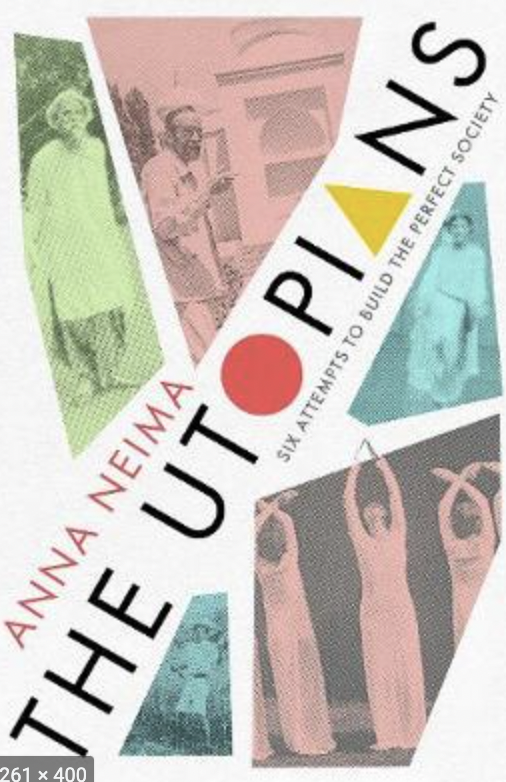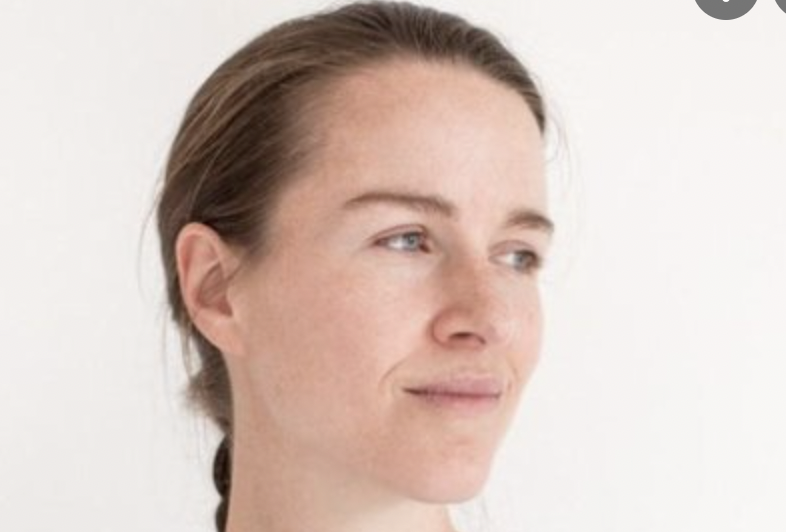
Reshaping a post-pandemic world


In the aftermath of World War One and Spanish pandemic left many looking to live their lives in new ways after unprecedented scale of the destruction in the battlefield and then closer to home.
From the Reformation to the American Independence to the aftermath of the Second World War, experiments in Utopianism have arisen during the periods of upheaval. Some sought to find new economies, others to break with established systems of hierarchy, belief or gender relations.
Anna Nelma in The Utopias, stories of six remarkable communities from around the world.
Shantiniketan Sriniketan in East Bengal was a new type of school conceived by the Indian polymath Rabindranath Tagore. Darlington Hall in Devon, south-west England, an estate financed by American heiress Dorothy Straight and led by her husband Leonard Elmhirst (who had been in Tagore’s second-in-command) combined progressive education and self-sufficient rural living.
Mushanokoji Saneastu, a Japanese writer, was leading the New Villagers of Atarashiki Mura, a group of intellectuals and artists who priorities self-realisation (the opposition of Japan’s ethos of self-sacrifice for the collective good).These communities according Nelma “sought to offer a more complete experience – one that fulfilled people creatively, intellectually, socially and spiritually, as well as economically.”
The other three groups discussed in the book were run by more traditional guru-like idealists driven by a fear that “the material ambition of an industrial capitalism and empirical science” were only adding to “the assault on religion and faith of all kinds brought about by the horror of war and pandemic.”
George Gurdjieff’s Institute of Harmonious Development of Man in France, where this Rasputin-like figure preached the “Fourth Way”, a system heavily reliant on “shocks” to encourage his followers into wakefulness. The quasi-monastic Bruderhof community in Germany was husband and wife Eberhard and Emmy Arnold’s attempt to turn “Christian utopia hinted at in the Bible into a real place”.
Trabuco College in the desert outside Los Angeles, founded later than the other groups – in the 1940s, during the war all these disparate communards had been trying to avoid- and described by one visitor as a “Quaker meeting with Yoga classes” predated the alternative cultures that became synonymous with 1960s California.
Only the Bruderhof still exists – about 2, 900 people currently live in 23 settlements around the globe, from Austria to South Korea, and North America- shows how hard it is reinvent the wheel.
Nelma argues certain ideas forged in these collectives have sweeped into our lives today, from the welfare state to environmentalism, along with theories about enlightened ways of living which may yet inspire any of the modern-day utopians looking to reshape a post-pandemic world.
The Utopian Six Attempts to Build the Perfect Society by Anna Nelma, Picador £25, 368 pages.
